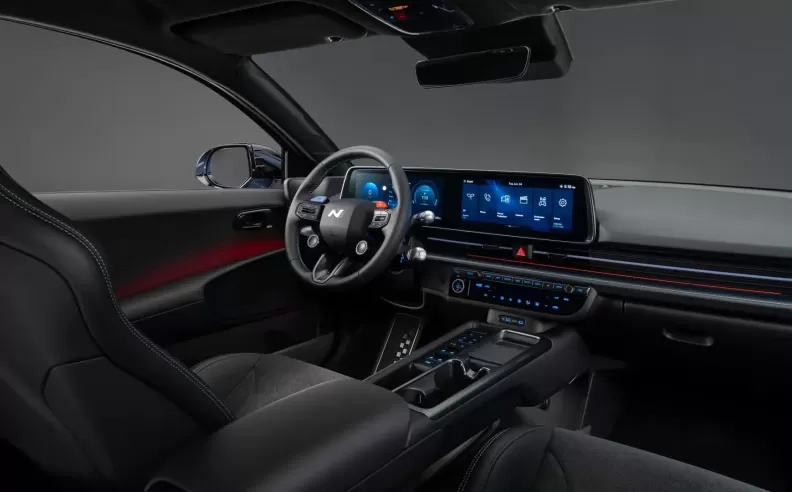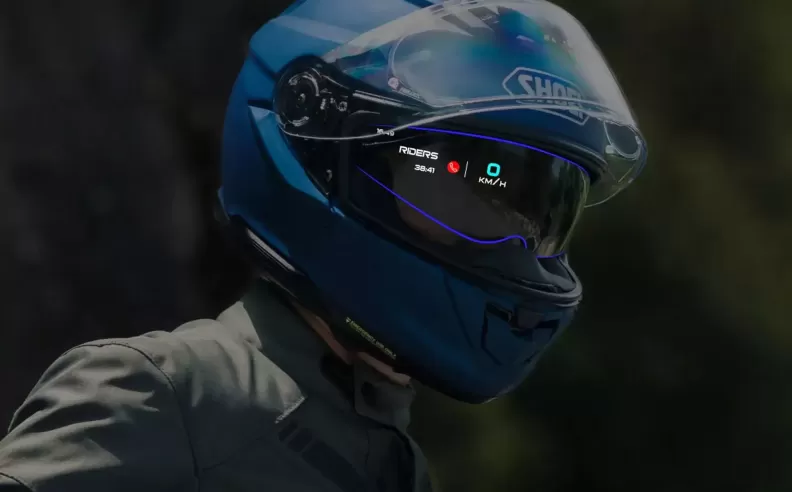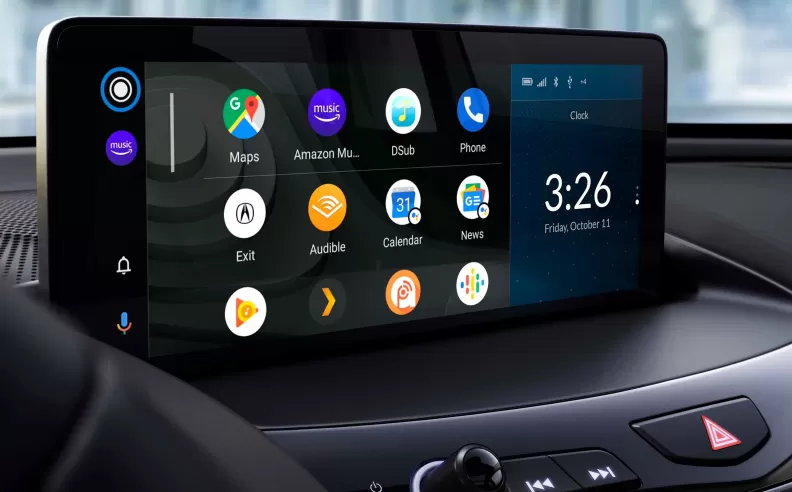
Android Auto has become a staple in modern driving, offering drivers across Saudi Arabia and the Arab world a smarter, safer, and more connected journey. Developed by Google, this in-car software mirrors key features of an Android phone onto a vehicle’s infotainment system, allowing hands-free access to maps, calls, messages, and media. As cars increasingly integrate digital technologies, Android Auto stands out for its intuitive interface and constant updates, making it a go-to tool for tech-savvy drivers who value convenience without compromising safety.
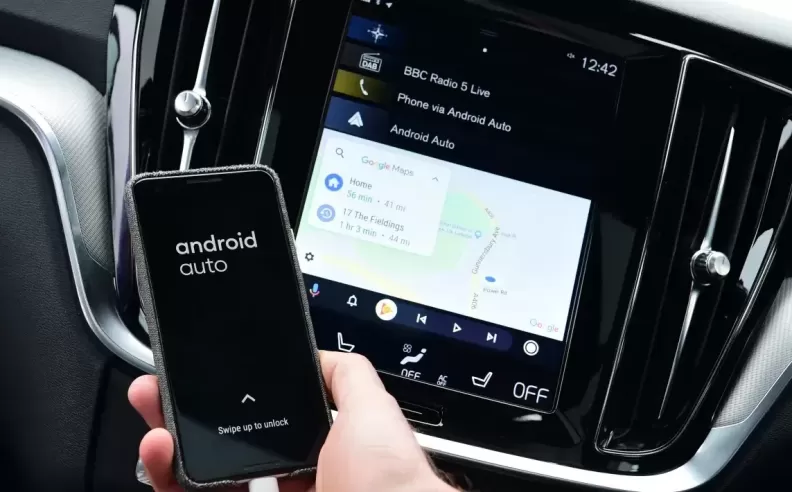
Setting up Android Auto is refreshingly simple. Drivers can connect their phones using either a USB cable or wireless pairing via Bluetooth, depending on the car’s capabilities. For USB, it’s as straightforward as plugging the cable into the appropriate port and following prompts on the screen. Wireless pairing involves activating Bluetooth on both phone and car, ensuring discoverability, then matching devices with a confirmation code.
Android Auto is compatible with most Android devices running version 6.0 or later. Newer cars generally support the system by default, but for older vehicles, aftermarket head units are widely available, allowing nearly any car on the road to join the digital age.
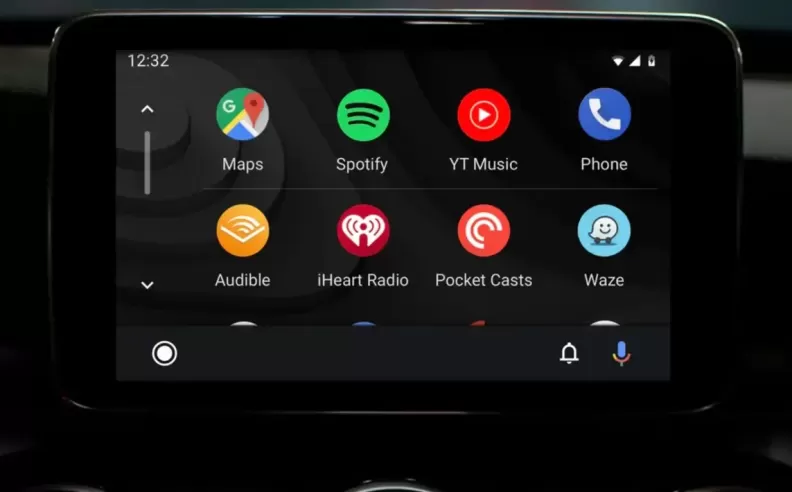
Navigation is one of Android Auto’s standout strengths. Google Maps offers fast, accurate route guidance with live traffic updates, alternate path suggestions, and voice-activated directions. Users can start a trip by simply saying, “Navigate to,” followed by their destination. The interface even syncs with your Google account to suggest locations you've searched at home or work.
Music lovers aren’t left behind. Android Auto supports major streaming apps like Spotify, YouTube Music, and Amazon Music. Voice commands make it easy to request tracks, and album art appears on screen for added visual appeal. However, scrolling through playlists is intentionally limited to keep attention on the road, a thoughtful safety feature for distracted drivers.
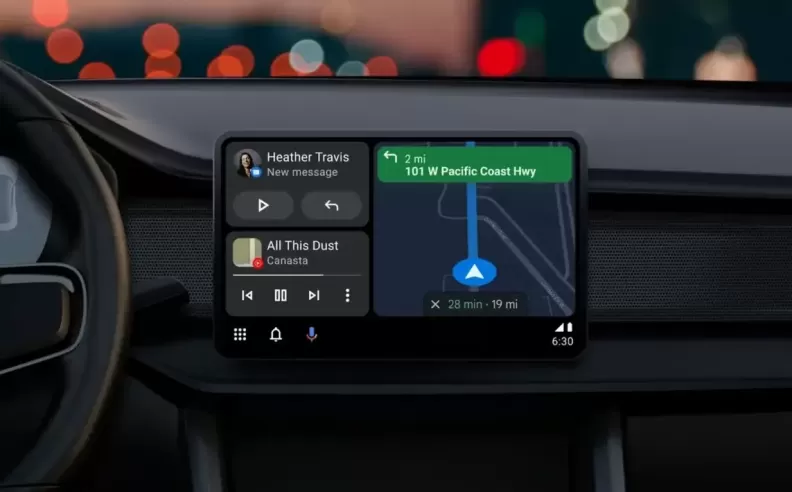
Android Auto’s real power lies in its evolving features. Google frequently pushes over-the-air updates, improving app performance, stability, and adding new functions. Recent updates introduced digital car key technology, letting users share access to their vehicles without a physical key, although only certain phones and cars support this feature.
The platform also supports messaging apps like WhatsApp, allowing voice-controlled replies. When parked, users can even play games directly through the car’s screen, though controls may not be ideal for touchscreens. For drivers who demand constant innovation, Android Auto's updates ensure the system stays ahead of the curve.

Started my career in Automotive Journalism in 2015. Even though I'm a pharmacist, hanging around cars all the time has created a passion for the automotive industry since day 1.
